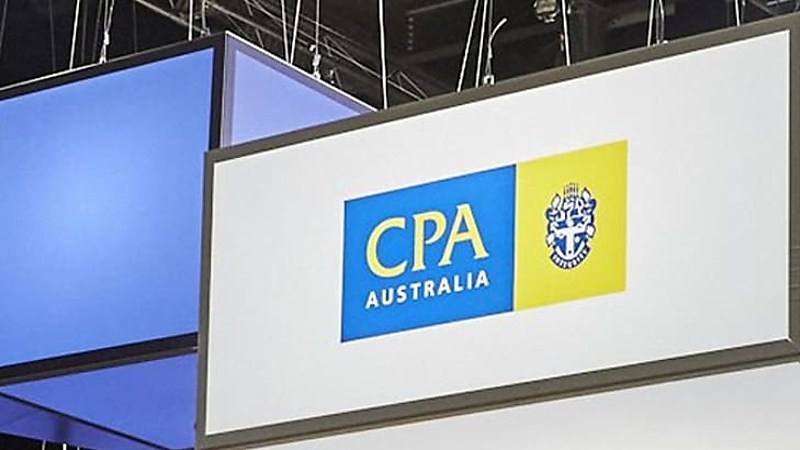CPA Australia calls for ASIC to implement reforms for multi-licensed auditors
CPA Australia has highlighted ASIC’s inconsistencies in managing multi-licensed auditors, including SMSF auditors, and called for targeted reforms to strengthen oversight and support public confidence in audit regulation.
In its submission to the Australian National Audit Office's (ANAO) Performance Audit: ASIC’s Regulation of Registered Company Auditors, CPA Australia has said there is limited transparency and statutory gaps in ASIC’s processes when dealing with the audit sector.
“In Australia, we currently have two broad categories of auditors that are being licensed by ASIC — the registered company auditor (RCAs) that are required for statutory audits under the Corporations Act 2001 and the self-managed superannuation fund auditors,” the submission read.
“There appears to be a disconnect in ASIC’s regulatory functions over different auditor roles, specifically RCAs and approved SMSF auditors. For instance, we observed inconsistent treatment of individuals holding multiple licences.”
A former SMSF auditor, who received a life ban, remained listed as an RCA. Similarly, an individual disqualified by New Zealand's Financial Markets Authority (FMA) from undertaking FMC audits continued to hold RCA and SMSF auditor registrations in Australia.
“These examples raise concerns about ASIC’s risk assessment of individuals with multiple audit-related licences and its proactive review of all relevant registrations when issues arise. Enhanced cross-licence monitoring and coordination are needed to ensure consistent outcomes and better protect the public interest,” the submission read.
CPA noted that current RCA eligibility requirements are set high, which is needed to ensure an appropriate level of expertise and regulatory oversight for the audit of highly complex entities such as multi-international listed companies.
“Therefore, the registration requirements are often geared towards large audit firms, making it challenging for accountants and auditors from smaller firms to become an RCA,” it said.
It continued that ASIC’s current regulatory approach, including rising cost recovery levies and compliance demands, may be contributing to the declining number of RCAs, with just over 3,000 in 2025 and noted that smaller firms face greater challenges.
“A sustainable, well-supported audit workforce will be critical to meeting future assurance demands, and regulatory settings should help enable, not deter, participation in the profession.”
The submission recommended that ASIC consider New Zealand’s framework to have an additional category of auditor and said that in New Zealand, licensed auditors are required for the audit of Financial Markets Conduct (FMC) reporting entities, which include listed companies, banks, and insurers.
“Whereas qualified auditors are needed for statutory assurance engagements other than FMC audits. This includes audits of companies and larger charities that are not FMC reporting entities.”
“The creation of the new category of auditors, such as qualified auditors, could be a more proportional approach and help reduce the barrier to entry for new auditors.”
Additionally, CPA Australia recommended that ASIC streamline the application process for RCAs to speed up the processing of the registration.
“We also recommend greater transparency in ASIC’s application assessment process, including clearer guidelines and criteria for applicants, to address the lack of clarity and transparency.”
Regarding the disclosure of adverse findings relevant to professional accounting bodies (PABs), CPA noted that a condition is often imposed on the auditor requiring them to self-report any disciplinary action.
“In our experience, this condition is not always complied with. To identify members in breach, PABs like CPA Australia have to search ASIC media releases manually, identify named individuals, and cross-check their membership status independently.”
“This approach is highly resource-intensive and increases the risk that critical matters are missed or delayed. To address this, we recommend legislative and procedural changes that support more effective information sharing between ASIC and professional bodies.”
For example, it could require auditors to disclose their PAB membership to ASIC as part of their registration, so that ASIC can notify the relevant PAB of any adverse finding, sanction, or condition imposed on an auditor.
“This would be consistent with information-sharing arrangements with the Tax Practitioners Board, under the Tax Agent Services Act 2009. We acknowledge ASIC’s efforts to improve its communication of adverse findings regarding RCAs and SMSF auditors with the PABs.”
“These changes would significantly improve transparency, enhance collaboration between regulators and professional bodies, and support timely and appropriate action to protect public confidence in the audit profession.”








